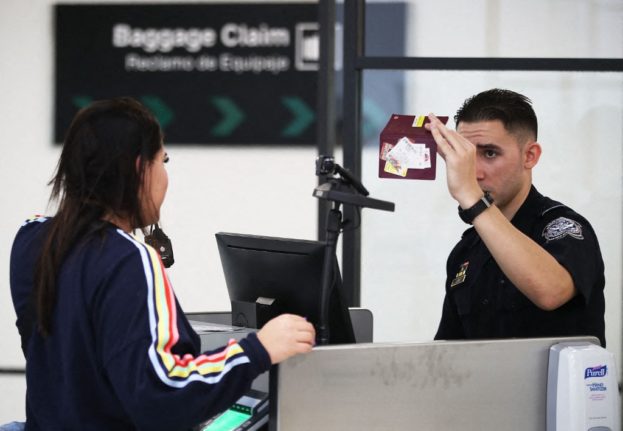If you have Spanish nationality, you can technically go and live in another country without any problems.
Living outside Spain does not entail the loss of nationality directly, regardless of whether you’re a native born Spanish national or acquired nationality through another means.
However, according to the Spanish Justice Ministry, Spaniards who are not Spaniards by origin (for example, those who have acquired Spanish nationality by marriage or residency) can lose Spanish nationality in the following circumstances:
- You use your old nationality that you renounced when acquiring Spanish nationality within three years.
- If you voluntarily enter into armed service or hold political office in a foreign state.
- If it is found that you used falsehood, concealment or fraud to get Spanish nationality.
READ ALSO: How foreigners can get fast-track citizenship in Spain
If you think this seems unlikely, keep in mind that in 2023 a Spanish national through residency and who had moved to Australia and then acquired Australian nationality took to TikTok to inform the public that Spanish authorities had told him they were revoking his Spanish citizenship as a result if his newly acquired Australian citizenship.
Remember that passports are mostly biometric now and that information on international databases can easily be scanned and cross-referenced by border control and other authorities.
READ MORE: Dual citizenship – Does Spain check if you’ve renounced your original nationality?
However, there are some things you can do to help you avoid losing your nationality, so you should consider the following.
According to immigration experts at Balcell’s, in order to avoid potentially losing nationality, you essentially need to demonstrate that you are using your it and intend to keep doing so:
What does it mean to use your nationality? It could be several things, for example:
- Attempting to renew your Spanish passport, as this is usually considered proof of your intention to keep it.
- Exercising your right to vote in Spanish elections from abroad.
- Exercising your right to free movement within the EU granted by your Spanish passport (i.e. travelling within the EU on your Spanish passport).
- Getting married abroad using your Spanish passport.
For those who are not Spanish nationals but are considering getting Spanish citizenship through residency sometime in the future, there are time restrictions how long you can spend outside the country: Three months continuously outside of Spain if you are required to stay for 5, 2 or 1 year to apply for nationality, and 6 continuous months out of Spain if 10 years of residence is required for citizenship.
READ ALSO:



 Please whitelist us to continue reading.
Please whitelist us to continue reading.
Member comments